She was once described as an ‘anti-Queen’ with a string of royal scandals surrounding her chaotic personal life and affairs.
But she also proved herself to be a fiercely loyal sister and an excellent mother, advising the late Queen when her children went through their own marriage struggles.
Royal expert Ingrid Seward wrote in her book, My Mother and I, that the late Queen’s younger sister, Princess Margaret, was ‘wilful, contrary and an impossible mixture of tenderness, arrogance and self-entitlement’.
Margaret, or Margo as she was known to family, was four years younger than the late Queen and was known to the media for her rebellious nature, glamorous lifestyle and passionate love life.
The girls’ father King George VI once said: ‘Lilibet is my pride. Margaret is my joy.’ He was also known to spoil his youngest daughter.
As Craig Brown puts it in his biography, Ma’am Darling, 99 Glimpses of Princess Margaret, it was as if the cigarette smoking, scandal-hit younger sister was ‘determined to be a sort of anti-Queen’.
Despite their contrasting personalities, Elizabeth was a protective older sister to ‘Margo,’ while Margaret affectionately called the Queen ‘Lilibet’.
Seward wrote: ‘As a young woman she had always felt that the Queen was so good and perfect while she was very much the opposite, doomed to an unhappy marriage and a succession of unsuitable romances.’
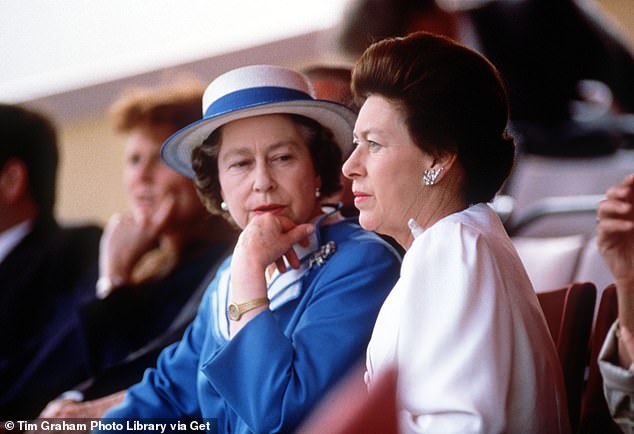
Despite their contrasting personalities, Queen Elizabeth was a protective older sister to ‘Margo,’ while Princess Margaret affectionately called the Queen ‘Lilibet’
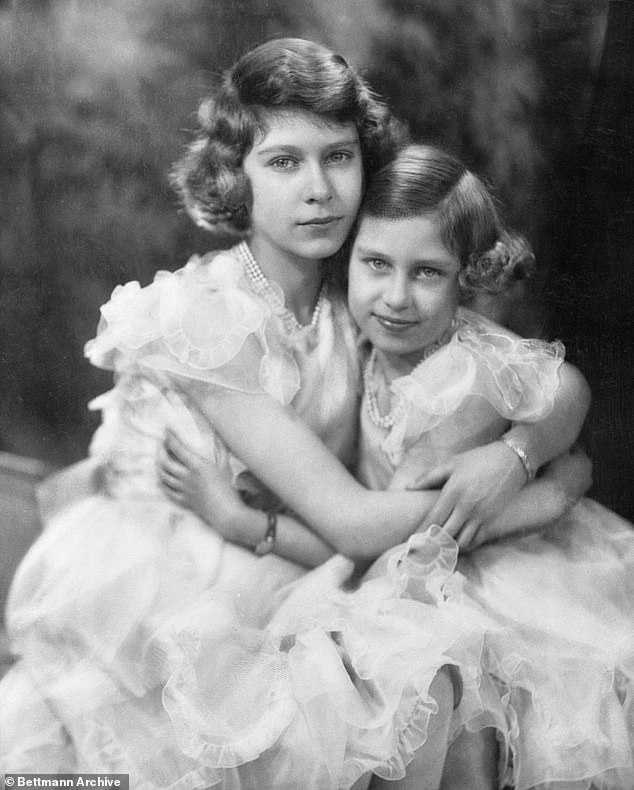
The girls’ father, King George VI, once said: ‘Lilibet is my pride. Margaret is my joy’
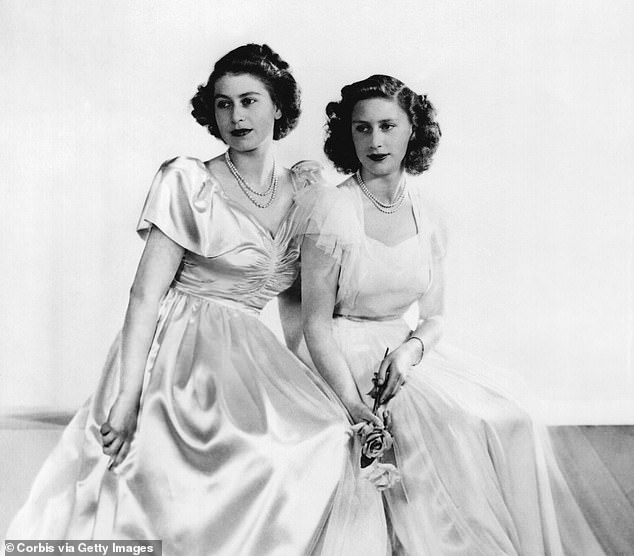
Elizabeth and Margaret shared a deep and unbreakable bond throughout their lives
A patron of the arts, ballet in particular, Margaret was also known for staying out late, singing and dancing.
Her whirlwind love life included an affair and secret engagement to Group Captain Peter Townsend, a marriage to Antony Armstrong-Jones (later Lord Snowdon), and an affair with Roddy Llewellyn.
Her marriage to Lord Snowdon, whom she had two children with, David and Sarah, ended with the first royal divorce since Henry VIII.
Margaret once said: ‘My children are not royal; they just happen to have the Queen for their aunt.’
She attempted to shield them from the spotlight and wanted to give them as much of a normal life as she could.
Margaret was a hands-on parent and was determined to be present in her children’s lives.
Seward wrote: ‘Princess Margaret prided herself on being a good mother and it made her feel that at least she had managed to get something right.
‘Unlike her sister, who put her husband before the children, Princess Margaret put her children first.
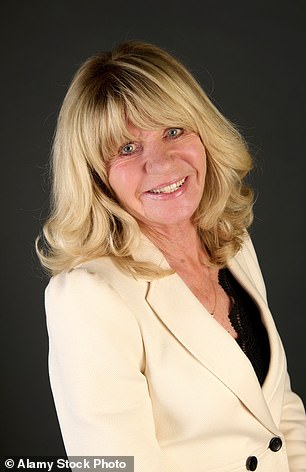
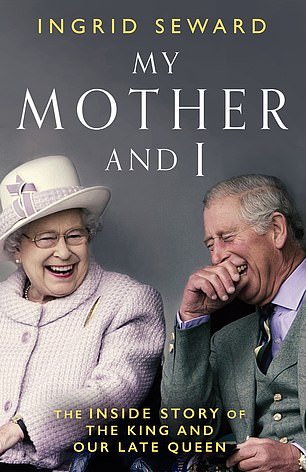
The royal biographer wrote: ‘As a young woman Margaret had always felt that the Queen was so good and perfect while she was very much the opposite, doomed to an unhappy marriage and a succession of unsuitable romances’
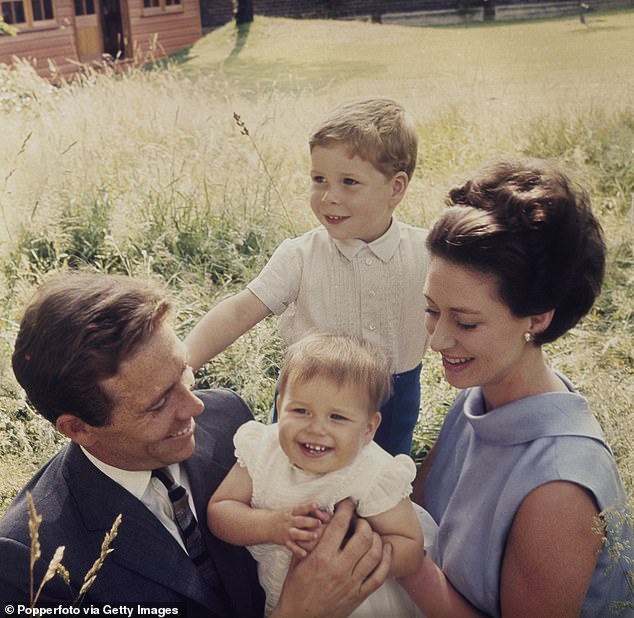
Margaret is photographed with her then husband, Antony Armstrong-Jones, and their children, David Armstrong-Jones and Lady Sarah Armstrong-Jones in 1966
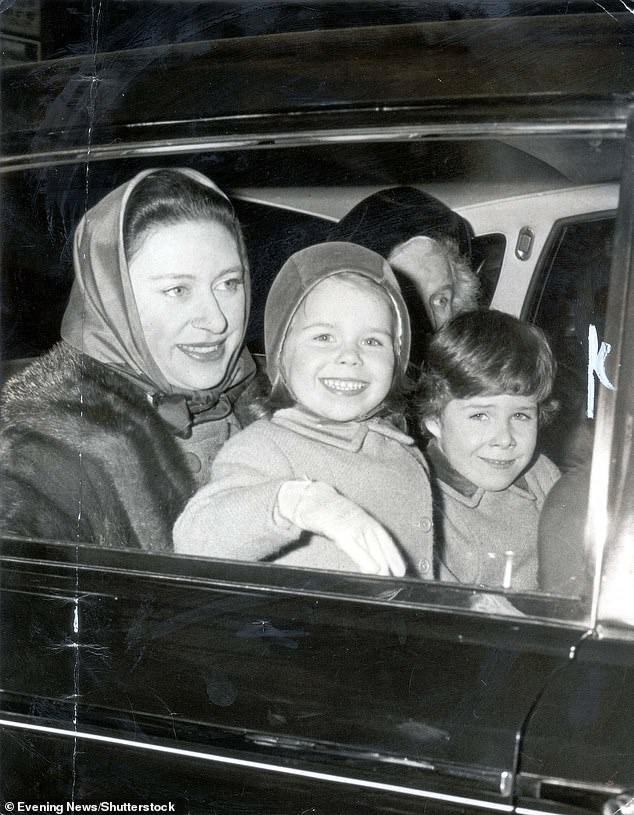
The princess attempted to shield them from the spotlight and wanted to give them as much of a normal life as she could. Margaret is photographed with her two children
‘For all her personal problems and temperamental behaviour, she was a natural mother.
‘Even though she had a wonderful nanny, Nanny Sumner, if one of the children cried in the night it was Margaret who climbed out of bed to comfort them.
‘She breastfed both babies and even changed their nappies between official engagements.’
Even when the children had grown up, the royal expert claimed that Margaret became an ‘indulgent mother’ but ‘gracefully let them both go from her life, which was quite a sacrifice’.
Seward added: ‘She was often lonely but did not cling to them, and as a result they always took the trouble to drop in and see her because they wanted to, not because they felt obliged.’
In contrast, the late Queen had a much more traditional and formal approach to being a mother.
She had a strong sense of duty and formality from her own upbringing and her children, as is customary in royal households, were largely raised by their nannies.
According to historian Robert Lacey, who also served as an advisor for the Netflix series The Crown, the Queen believed it was better to leave the children in the care of nannies, rather than drag them around the world.
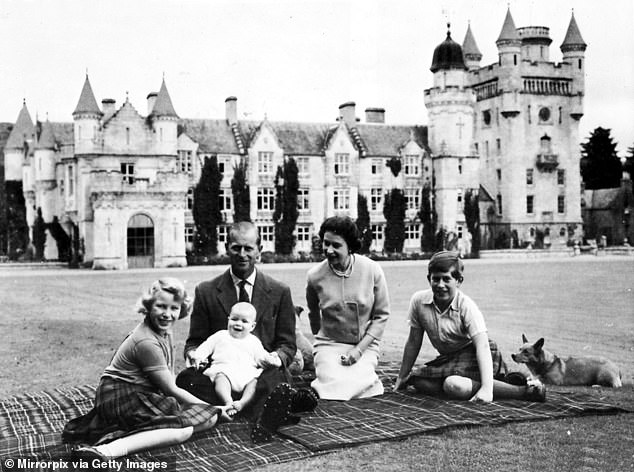
Queen Elizabeth and her husband Prince Philip, Duke of Edinburgh, with their children Princess Anne, Prince Charles (right) and Prince Andrew in Balmoral in 1960
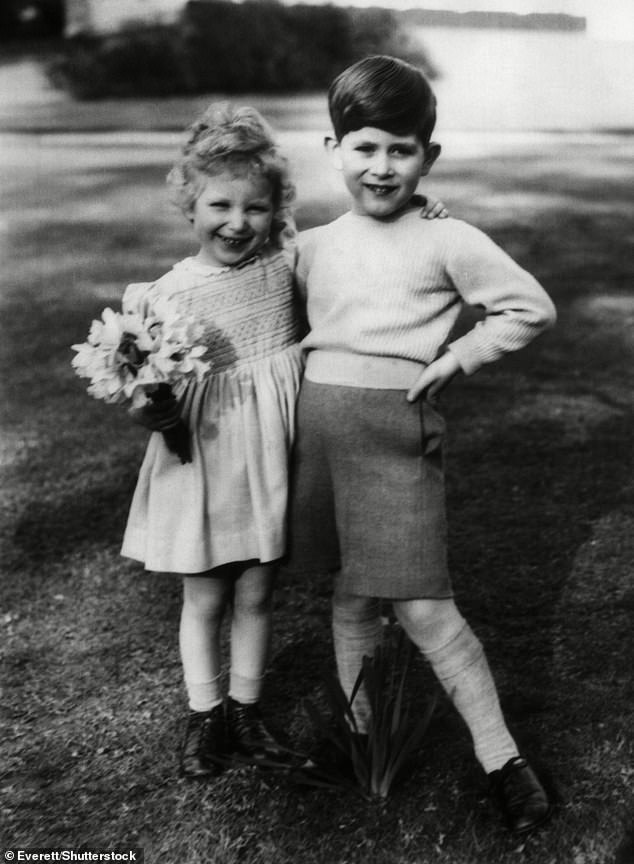
Princess Anne, 3, and Prince Charles, 5, in Windsor in 1954
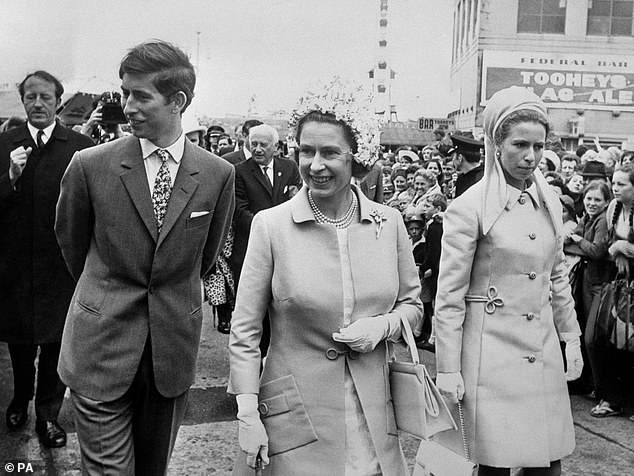
The late Queen with Anne and Charles as they passed through the crowds at the Royal Easter Show in Sydney during the Royal Tour of Australasia
‘She had been brought up in that style herself, after all, with her parents leaving her at home and entrusting her entire schooling to a governess and home tutors,’ he said.
In his controversial 1994 authorized biography of Prince Charles, Jonathan Dimbleby quotes the Prince of Wales saying it was ‘inevitably the nursery staff’ who taught him to play, witnessed his first steps, and punished and rewarded him.
Despite this, Princess Anne, the only daughter of the late monarch, publicly denied these claims.
In a 2002 interview with the BBC she said: ‘I simply don’t believe there is any evidence what so ever to suggest that she wasn’t caring. It just beggars belief.’
Historian Lacey also said that Lord Mountbatten, Prince Philip’s uncle, once said that the Queen’s favourite night of the week was the nanny’s night off.
‘When nanny Mabel was off duty, Elizabeth could kneel beside the bath, bathe her babies, read to them and put them to bed herself.’
But as her children grew up and struggled in their separate marriages, it was Margaret who advised the late Queen.
This relationship was depicted in season three of the Netflix series The Crown.
The season depicted Margaret’s personal struggles (played by Helena Bonham Carter) and how they impacted her relationship with the Queen (played by Olivia Colman).
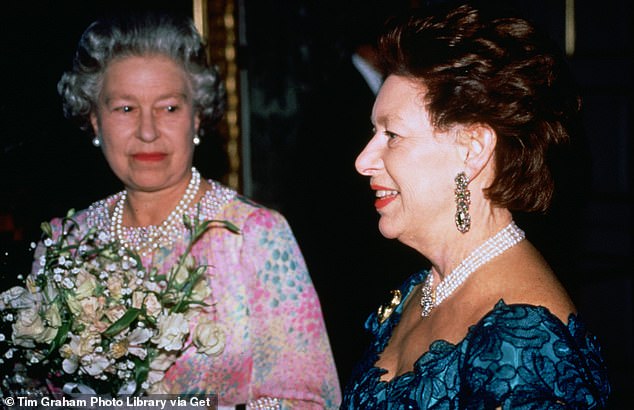
Ingrid Seward wrote of Margaret: ‘Later she found a new kind of confidence and, for the first time in her life, she felt able to give the Queen advice, rather than the other way around’
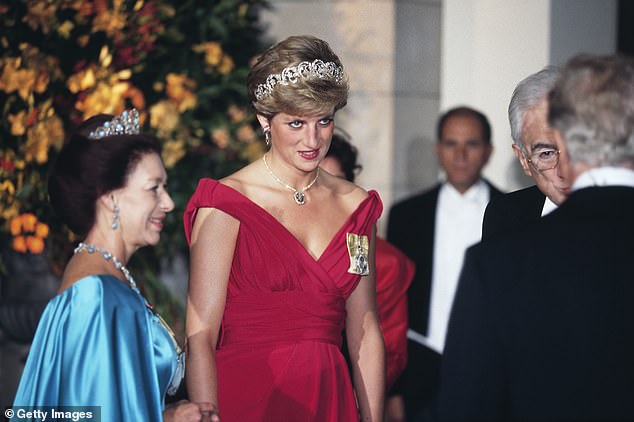
Margaret is pictured with Princess Diana in October 1990 at the Victoria and Albert Museum in London
Seward wrote: ‘Later she found a new kind of confidence and, for the first time in her life, she felt able to give the Queen advice, rather than the other way around.
‘The ironic poignancy of this reversal was not lost on the Queen or Prince Philip.
‘This is not how anyone could ever have seen things turning out, with Margaret at ease with herself and her children happily settled, while the Queen and Philip were faced with three out of their four children getting divorced.’
Three of the Queen’s children got divorced within four years of each other.
Princess Anne divorced her first husband in 1992 and Prince Andrew and Prince Charles both divorced their partners in 1996.
According to author Robert Hardman’s book, Queen of Our Times: The Life of Queen Elizabeth II, the Queen found the divorces ‘deeply upsetting’.
He quoted former staffers as saying that the divorces ‘distressed her much more than she let on’.
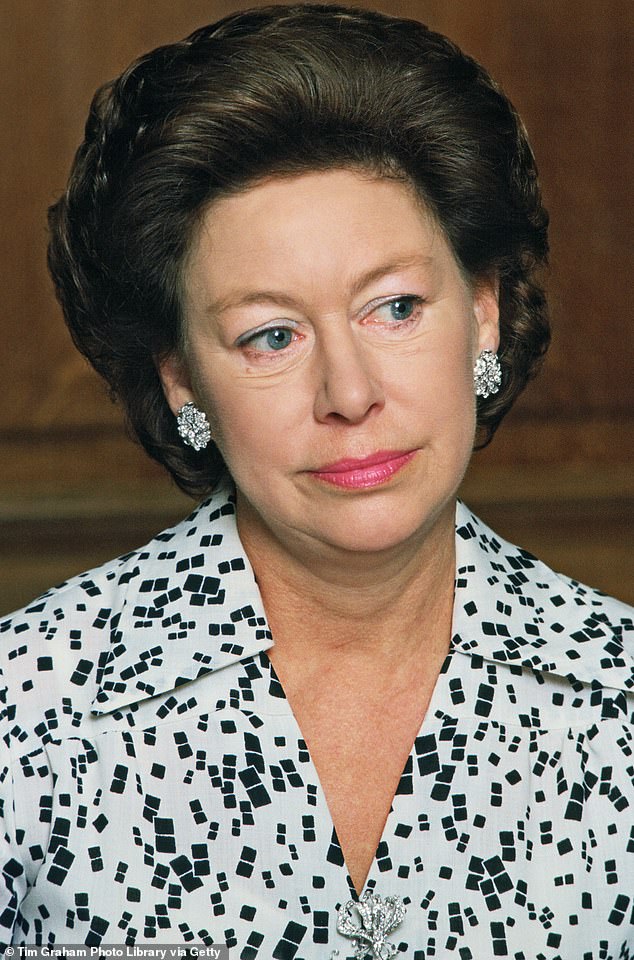
Margaret advised the the late Queen as her children grew up and struggled in their marriages
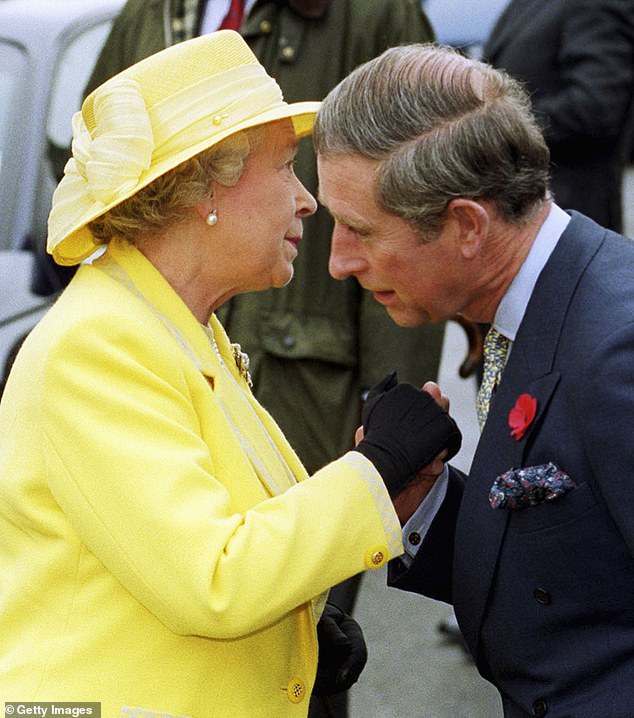
The Queen is pictured talking to Charles in November 1990
The staffer said they attempted to comfort the Queen and reassure her that divorce was ‘almost common practice’.
But he quoted the Queen as replying: ‘Three out of four!’ with ‘sheer sadness and exasperation’.
Margaret reportedly said to the Queen of Charles’s troubled relationship with Diana: ‘Let her do what she likes and leave her alone’.
This advice mirrored Margaret’s own philosophy when it came to her relationship with her children.
At one desperate low point in her life, Margaret turned wistfully to her sister and said: ‘I may not have achieved very much – but I at least feel my life has not been wasted, because I have produced two happy and well-adjusted children.’
The truth of that statement was borne out by the presence of her son, Viscount Linley, and her daughter, Lady Sarah Chatto, at her bedside when she died on February 9, 2002.
While Margaret may be remembered as the ‘troubled’ royal – she proved that she was also a devoted mother and one of the Queen’s closest confidantes when the two were alive.












